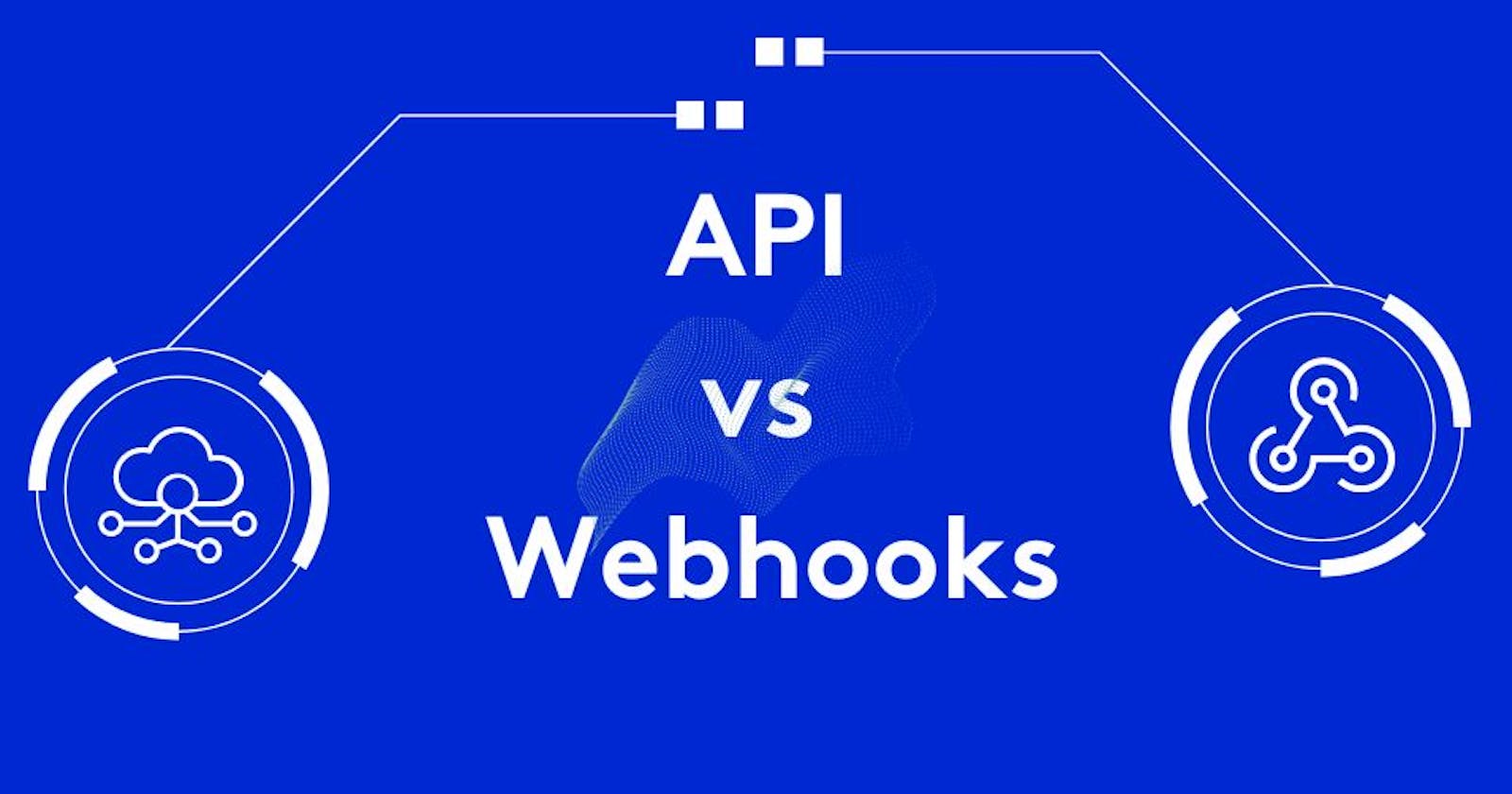APIs and Webhooks: Powering Modern Web Development
Unleashing the Power of APIs and Webhooks: Driving Interactivity and Real-Time Response in Web Development
I. Introduction
In the ever-evolving landscape of web development, two technologies have become particularly influential: APIs and Webhooks. Both play a critical role in defining how different web services interact, leading to more dynamic, integrative, and responsive applications.
II. APIs
A. Definition and Functionality
APIs, or Application Programming Interfaces, act as the "middlemen" between different software applications, allowing them to communicate and exchange data. They define the methods and data formats that an application can use to communicate with others, providing a set of rules that ensure proper interaction.
B. Types and Examples
There are several types of APIs, including Web APIs, Operating System APIs, Database APIs, and Networking APIs. A familiar example of a Web API is the Google Maps API, which allows developers to embed Google Maps on web pages and manipulate the map via JavaScript.
C. Role in Web Development
APIs play a crucial role in web development. They enable data exchange between different software systems, making it possible to integrate third-party services into a web application. For example, a web developer could use a payment gateway API like Stripe to handle financial transactions in an e-commerce app, eliminating the need to build a payment system from scratch. APIs also facilitate the creation of complex web applications by breaking down functionality into separate services, promoting modularity and scalability.
III. Webhooks
A. Definition and Functionality
Webhooks, often referred to as "reverse APIs," are methods of augmenting server behavior with custom callbacks. In simpler terms, a webhook is a way for an application to provide other applications with real-time information, pushing data to them as it becomes available.
B. Examples and Comparison with APIs
An example of a webhook could be a notification system. When a specific event occurs (like a user sign-up), a message is sent to a specified URL via HTTP POST. Unlike APIs, which require a request to obtain data, webhooks deliver data immediately upon changes or event occurrences.
C. Role in Web Development
Webhooks play a crucial role in building responsive, real-time web applications. They provide instant data updates and support event-driven programming and automation, resulting in an enhanced user experience. For instance, webhooks are integral in implementing 'instant' notifications in applications like GitHub or Slack.
IV. Security Concerns
A. Risks and Best Practices for API and Webhook Use
Like any technology, APIs and webhooks come with their security concerns. For APIs, risks can arise from unauthorized access or data leakage. For webhooks, there's a risk of receiving payloads from malicious sources.
As a best practice, developers should implement authentication and authorization mechanisms for APIs, ensuring only authorized users can access them. Data encryption is also paramount, especially when dealing with sensitive user data. For webhooks, validating incoming payloads is crucial to mitigate risks.
V. Future Trends
A. Upcoming Changes for APIs and Webhooks in Web Development
The future of APIs and webhooks in web development looks promising, with advancements focused on improving efficiency, security, and functionality. For APIs, trends like GraphQL are gaining momentum, offering more flexibility than traditional REST APIs. On the webhook side, we're seeing more robust validation mechanisms and integration options for better security and flexibility.
VI. Conclusion
APIs and Webhooks have revolutionized web development, enabling developers to build more interactive, complex, and secure web applications. As these technologies continue to evolve, developers should keep abreast of the latest trends and best practices to leverage their full potential. The future of web development undoubtedly lies in more interconnected and real-time applications, and APIs and webhooks are set to pave the way.
